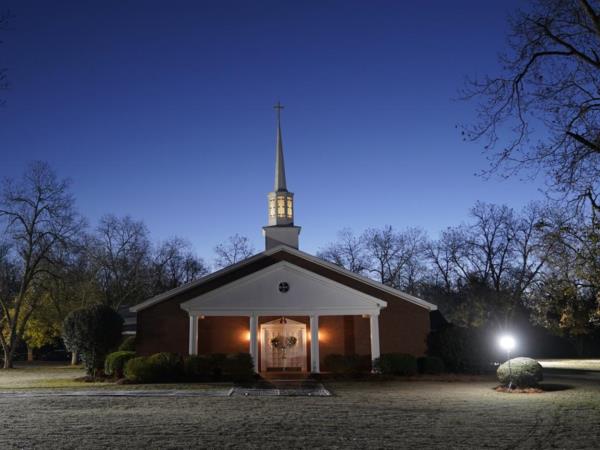
Following the recent Minneapolis church shooting, religious leaders are engaging in discussions about enhancing security measures for places of worship. The incident has raised concerns about the safety of priests and congregants during religious gatherings, particularly in Catholic churches where security for masses is typically minimal.
One of the main points of focus is the vulnerability of priests and congregants in Catholic churches due to the lack of security measures in place. This has prompted leaders to consider implementing enhanced security protocols to ensure the safety of those attending religious services.
Similar security measures have already been put in place at synagogues, where physical barriers and other security features have been installed to protect against potential attacks. These measures have proven effective in enhancing the safety and security of worshippers and religious leaders.



Discussions among religious leaders are centered around finding the right balance between maintaining the openness and welcoming nature of places of worship while also ensuring the safety and security of those who gather there. This delicate balance requires careful consideration and planning to address the evolving security needs of religious communities.
As the dialogue continues, leaders are exploring various security options, including increased surveillance, security personnel, and training for staff and volunteers. The goal is to create a secure environment where worshippers can practice their faith without fear of violence or harm.
Ultimately, the recent events have underscored the importance of prioritizing the safety and security of places of worship. By working together and implementing proactive security measures, religious communities can help mitigate risks and ensure that their sacred spaces remain safe and welcoming for all who seek solace and spiritual connection.







